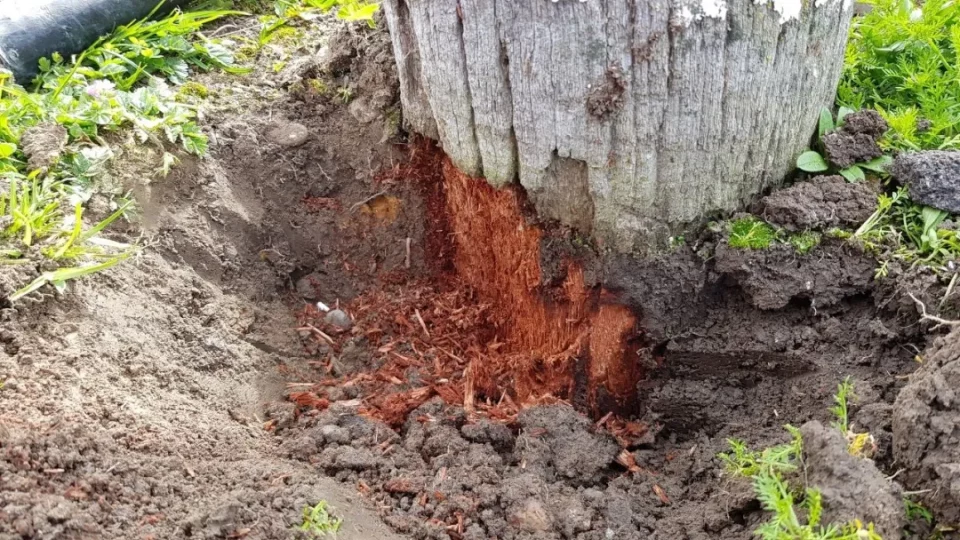Wood poles are a critical component of utility infrastructure, serving as supports for electrical lines, telecommunications cables, and streetlights. Over time, these wooden structures can deteriorate due to various environmental factors, posing risks to public safety and the reliability of essential services. Regular wood pole inspection is crucial to identifying potential issues and taking proactive measures to prevent accidents and service disruptions.
The Challenges of Wood Pole Deterioration
Wood poles are exposed to a range of environmental conditions such as rain, wind, temperature fluctuations, and UV radiation. These factors, along with biological agents like fungi and insects, contribute to the gradual degradation of the wood. As the wood’s structural integrity weakens, the poles become more susceptible to collapsing, leading to potential hazards like power outages, fires, and even injury to individuals.
Benefits of Regular Wood Pole Inspection
Enhanced Public Safety: Regular inspections allow utility companies to identify poles that are at risk of failing or collapsing. Timely identification and replacement of deteriorating poles minimize the chances of accidents, injuries, and property damage.
Preventing Service Disruptions: Deteriorating wood poles can lead to service interruptions, affecting power supply, telecommunications, and other essential services. Scheduled inspections help identify potential problems before they escalate, minimizing downtime and ensuring uninterrupted service delivery.
Cost Savings: Proactive maintenance through regular inspections can help utility companies save money in the long run. By replacing deteriorating poles before they fail, companies can avoid the expenses associated with emergency repairs, service disruptions, and potential legal liabilities.
Environmental Sustainability: Replacing wood poles in a planned and controlled manner allows for proper disposal of deteriorated poles and supports the use of more sustainable materials. This contributes to a greener and more environmentally responsible approach to utility infrastructure management.
Components of Comprehensive Wood Pole Inspection
A thorough wood pole inspection involves several key components:
Visual Inspection: Trained inspectors visually assess the condition of wood poles, looking for signs of decay, cracks, holes, and other structural issues. They also examine the base of the pole for any signs of insect activity or fungal growth.
Climbing Inspection: In some cases, inspectors may need to climb the poles to closely examine higher sections. Climbing inspections provide a more accurate assessment of the pole’s overall condition, especially for hidden or hard-to-reach areas.
Advanced Testing: Technologies like ground-penetrating radar and sonic tomography are used to assess the internal condition of the wood without causing damage. These methods provide insights into the pole’s structural integrity, including decay or voids that might not be visible externally.
Data Collection and Analysis: Inspection data is collected and analyzed to prioritize maintenance and replacement schedules. This data-driven approach ensures that resources are allocated efficiently to address the most critical issues first.
Wood pole inspection is a fundamental aspect of maintaining the safety and reliability of utility infrastructure. Regular inspections help identify potential hazards, prevent service disruptions, and promote the overall sustainability of essential services. By investing in comprehensive inspection programs and leveraging advanced technologies, utility companies can ensure the longevity of wood poles and contribute to the well-being of the communities they serve.

